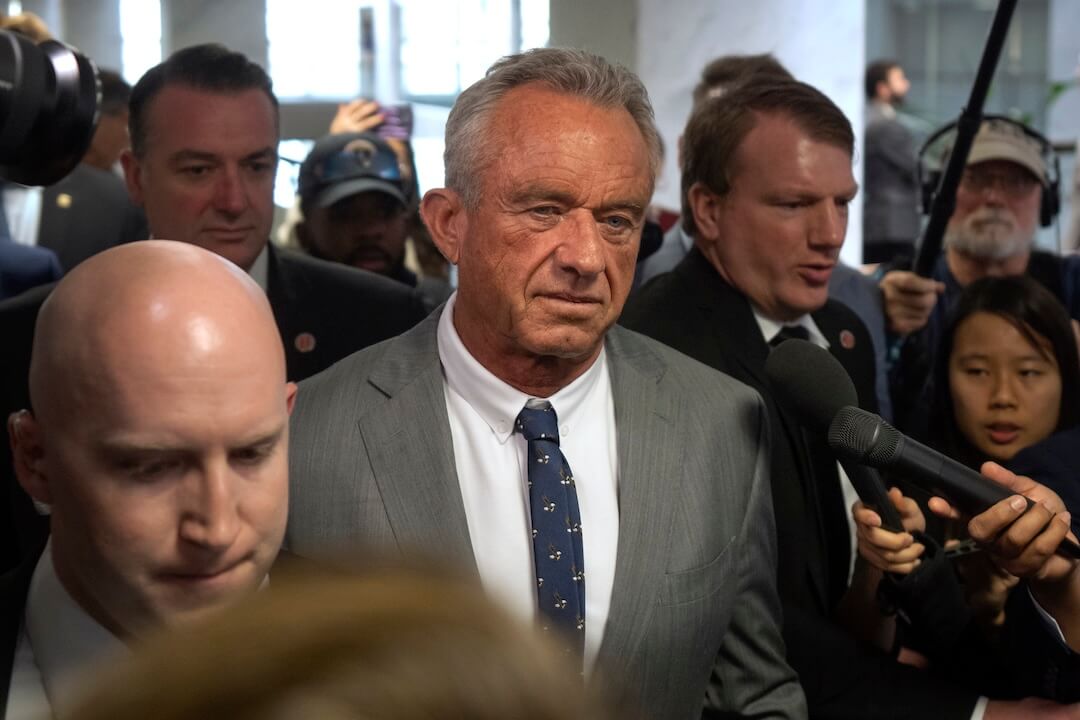For many assigning editors, photojournalists and reporters, the rush for holiday stories begins in earnest this week.
Even though the winter holiday season falls about the same time every year, it can surprise us. It reminds me of an avalanche. One minute everything looks fine. Then a voice cries out.
The sound shatters the solid wall of current news assignments. An avalanche of holiday assignments comes cascading down, threatening to bury our happy feet beneath mounds of maudlin, mainstream holiday coverage.
OK. Maybe I’m exaggerating. But only slightly.
As an editor and a reporter, I knew the “Groundhog Day” experience of searching for and reporting on the same stories every year. The same assignment. The same type of people. And the same storyline.
Christmas. Santa. Needy cases. Christmas trees. Retail holiday sales. Church, or religious events. You know, the conventional Christmas tradition stories.
Please understand that December calls out for many such stories. They remind us of holiday traditions. And they can make for interesting, informative and even powerful storytelling.
But why not give your readers, listeners, viewers and users a gift this year?
Offer them a story they haven’t seen, heard or read about before. Provide them with a window into a world different from the one they might be expecting. Show them other perspectives on the season. Find stories that enhance and enlarge your coverage.
Let me give you an example. Some years ago I told the story of Christmas through the eyes of recently arrived immigrants. They were completely unfamiliar with our traditions.
Here’s a portion of what I wrote for The Seattle Times:
The Christmas tree stood there, fully decorated. Soodjai Kutrakun stared at it, trying to understand what it meant. A Seattle friend had urged him to get one. It’s for Christmas, he told Kutrakun, who had just arrived from Laos. So Kutrakun went out and bought a tree. But he had no idea what it was for.
All he knew was that Americans apparently spent a month celebrating the act of shopping, He had seen how important it was for families to gather in the malls. To shop and shop and shop.
The story went on to explain the challenges of transplanted people, whose traditions and customs were so different, and how they came to an understanding of the Christmas season.
That’s just one example. I queried contributors to Poynter Online’s “Journalism with a Difference” column for some of their story ideas. Something that might offer a slight twist on the kinds of stories we pursue. I’ve included their responses below.
If you have any to add, please e-mail them to me or post them in the feedback area attached to this article.
Merry Reporting.
Sue LoTempio— The Buffalo News / Assistant Managing Editor for Readership
Recently, the syndicated column “The God Squad” discussed the problem of an 8-year-old with a disability who wants to attend her parish’s children’s Mass. But she can’t because it is held in the church auditorium, several flights downstairs.
According to the column, written by Monsignor Thomas Hartman and Marc Gellman, the parish priest told the young girl’s parents he doesn’t have the funds to make the auditorium accessible. And the columnists commented that since the liturgy of the children’s service is the same as the adult one, the 8-year-old should just attend Mass with her parents.
People with disabilities dream of being fully participating members of their church or temple or mosque. They want to sing in the choir, serve on the altar, enjoy coffee and doughnuts after services, attend Bible study sessions in the rectory or worship at the children’s service.
Far too often, though, they are excluded by physical barriers, and an unwillingness by those in charge to eliminate them. Some places of worship, of course, are more responsive than others and have created an environment where people of all abilities can participate.
Since church services are the focus of the holiday season, this would be a perfect time to look at your local places of worship to see how they accommodate and integrate all of their members into services and activities.
And if they aren’t making an attempt to be inclusive, how does it affect the faith of their members with disabilities?
Bobbi Bowman— American Society of Newspaper Editors / Diversity Director
Two thoughts:
When I was in Utica, N.Y., we knew holiday week was a slow news week. So we successfully planned a series of stories called “The 12 days of Holiday.”
It was simply a series of stories about folks who had helped other folks, people who were successfully recovering from a serious illness, folks who had something special to celebrate.
This year it might be a son or daughter safely home from Iraq; or the empty chair at the table.
Also, the U.S. Census publishes a great fact sheet about the holiday season.
If you read through it, you can usually find at least one story idea. I was struck by where the toys are made. Yes, many of them are made here.
Thomas Huang— The Dallas Morning News / Texas Living Editor
I’ve always been intrigued by the Chinese New Year — obviously for personal reasons, but also because it’s a holiday that immigrant families hold close and dear.
It’s almost a way of saying, “We’ll live in mainstream American culture, but we’ll keep this one date for ourselves.” In 2007, the Chinese New Year falls on Feb. 18. One good idea would be to assign a feature writer to shadow a Chinese immigrant family.
I’d want to see how they interact with one another, what generational issues come up, what kinds of food they prepare and eat and how they keep to their New Year’s traditions. Just sitting down with a family during a New Year’s banquet would be rewarding (and delicious) in and of itself. You’d need to start working now to identify a family and get them to open up to you.





